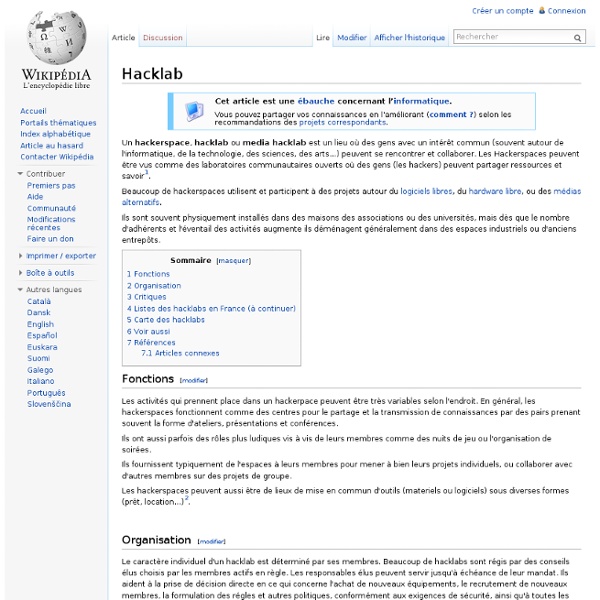3D printing
An ORDbot Quantum 3D printer. 3D printing or additive manufacturing[1] is a process of making a three-dimensional solid object of virtually any shape from a digital model. 3D printing is achieved using an additive process, where successive layers of material are laid down in different shapes.[2] 3D printing is also considered distinct from traditional machining techniques, which mostly rely on the removal of material by methods such as cutting or drilling (subtractive processes). A 3D printer is a limited type of industrial robot that is capable of carrying out an additive process under computer control. The 3D printing technology is used for both prototyping and distributed manufacturing with applications in architecture, construction (AEC), industrial design, automotive, aerospace, military, engineering, dental and medical industries, biotech (human tissue replacement), fashion, footwear, jewelry, eyewear, education, geographic information systems, food, and many other fields.
Maker culture
The maker culture is a contemporary culture or subculture representing a technology-based extension of DIY culture. Typical interests enjoyed by the maker culture include engineering-oriented pursuits such as electronics, robotics, 3-D printing, and the use of CNC tools, as well as more traditional activities such as metalworking, woodworking, and traditional arts and crafts. The subculture stresses new and unique applications of technologies, and encourages invention and prototyping.[1] There is a strong focus on using and learning practical skills and applying them creatively. Philosophical emphasis[edit] 'Maker culture' emphasizes learning-through-doing (constructivism) in a social environment. Hackerspaces and Fab Labs[edit] Media[edit] Maker Faire[edit] Criticisms[edit] A number of criticisms have been levelled against the claim that maker culture offers an innovative model of learning. Everything old is new again[edit] Hobbyists have made custom things for a long time. See also[edit]
Fabrique-moi un mouton
LE MONDE CULTURE ET IDEES | • Mis à jour le | Frédéric Joignot On les appelle les "makers" ("ceux qui fabriquent"). Ce mouvement international de passionnés de high-tech et d'impression 3D prétend réinventer le capitalisme et révolutionner la production des biens de consommation. Il veut en finir avec la standardisation des objets courants, défier l'obsolescence programmée, arrêter les délocalisations, réindustrialiser les villes sans les polluer, relancer l'artisanat. Rien que ça. Chris Anderson dirige à présent une petite usine de drones et de robots volants à San Diego, Californie. Avec ces machines, n'importe quel artiste, designer, architecte ou particulier de talent peut modéliser en 3D un objet ou un prototype auquel l'industrie n'a pas pensé, puis le fabriquer, sur son imprimante 3D ou en passant par une entreprise équipée pour, en plastique, en plâtre, en résine, en aggloméré ou en métal. Comment fonctionne l'impression tridimensionnelle ?



